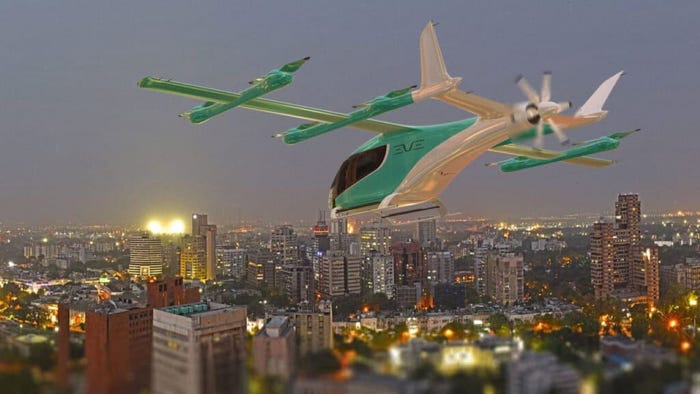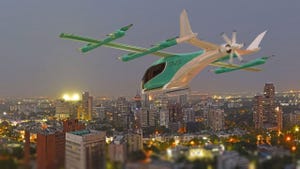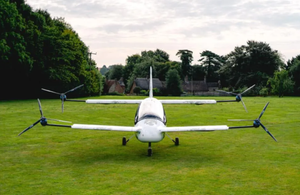Researchers Create Remote Controlled Bio-RobotsResearchers Create Remote Controlled Bio-Robots
The microrobots, made from mouse muscle and microelectronics, have potential applications in the biomedical industry
.png?width=1280&auto=webp&quality=95&format=jpg&disable=upscale)
Researchers have created a new kind of small-scale, biological robot (dubbed eBiobots) made from living muscle and microelectronics, which can now be controlled remotely.
According to the team from the University of Illinois Urbana-Champaign, Northwestern University and other collaborating institutions, the eBiobots are the first to combine soft materials, living muscle and microelectronics.
"Integrating microelectronics allows the merger of the biological world and the electronics world,” said Rashid Bashir, study co-author. “...these electronic biobots and machines could be useful for many medical, sensing and environmental applications in the future.”
Bashir’s research group first developed the biobots using mouse muscle tissue and a 3D-printed polymer skeleton in 2012, with light-activated iterations developed in 2016. While the light activation feature offered researchers some level of control, it proved logistically difficult to deliver these light pulses outside of the lab.
To meet this challenge, the researchers collaborated with Northwestern University engineers to integrate wireless microelectronics and battery-free micro-LEDs into the design. These micro-LEDs can remotely deliver the pulses of light needed to stimulate the robots’ movement, allowing the researchers to control the eBiobot’s walking speed and direction from afar.
"This unusual combination of technology and biology opens up vast opportunities in creating self-healing, learning, evolving, communicating and self-organizing engineered systems,” said John A. Rogers, study co-author. “We feel that it's a very fertile ground for future research with specific potential applications in biomedicine and environmental monitoring.”
In the future, the team said additional microelectronics could be added to the design, such as chemical and biological sensors to enable its navigation around potential obstacles, as well as allow them to monitor and identify toxins in the environment, or biomarkers for disease.
About the Author
You May Also Like








